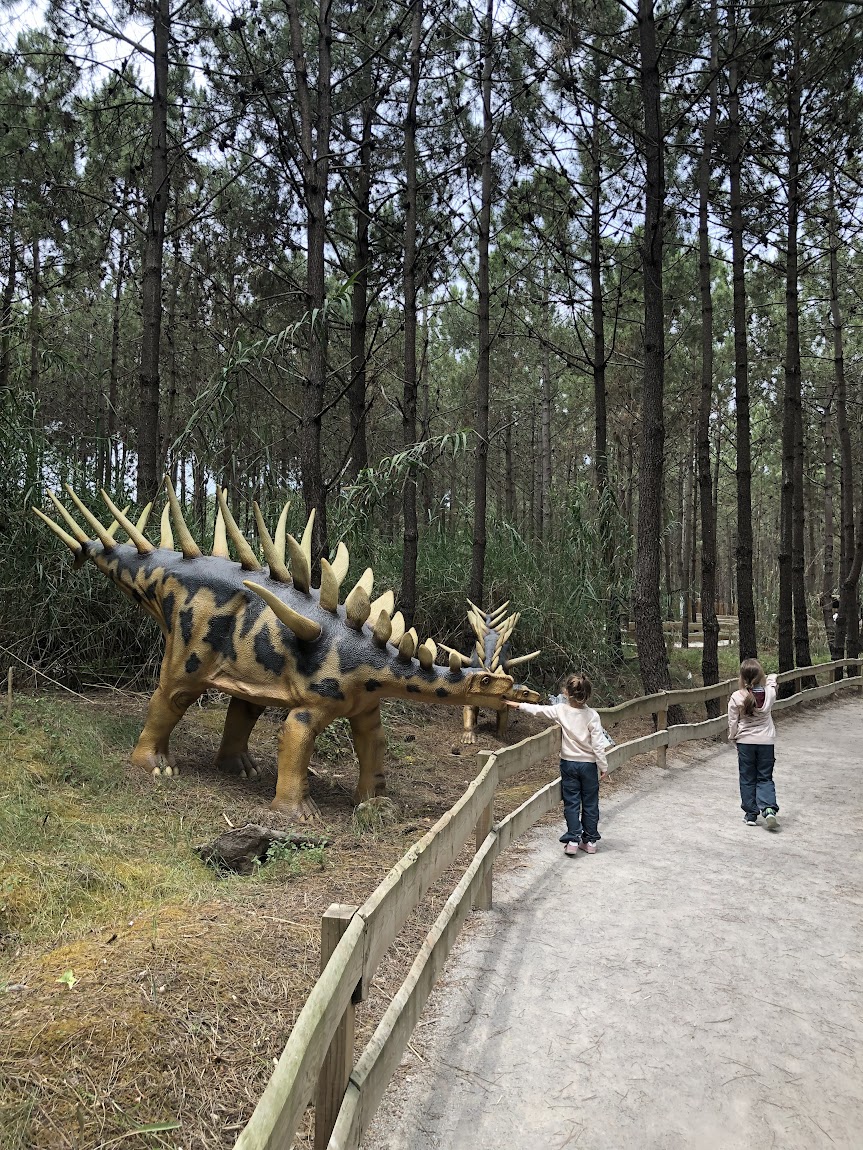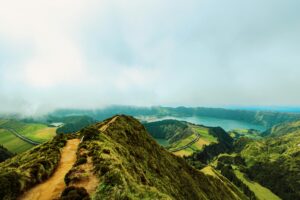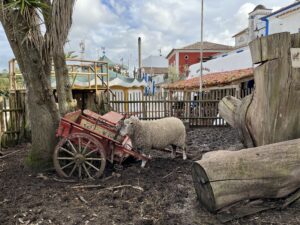Portugal is a hidden gem for dinosaur enthusiasts, home to some of Europe’s most significant fossil discoveries. From the stunning fossilized footprints in Serra de Aire to the world-class dinosaur museum in Lourinhã, the country offers a fascinating journey through time. If you’re a traveler eager to uncover prehistoric wonders, Portugal should be at the top of your list.
Dinosaur Discoveries in Portugal
Portugal has been a hotspot for paleontologists due to its rich fossil record dating back to the Jurassic period (about 150 million years ago). Some of the most important dinosaur species discovered here include the massive Lourinhanosaurus, the long-necked Dinheirosaurus, and the ferocious Torvosaurus gurneyi, one of the largest carnivorous dinosaurs in Europe.
Many of these fossils have been found along the west coast, particularly in the region of Lourinhã, which is often referred to as the “Portuguese Jurassic Park.”
Where to See Dinosaur Footprints in Portugal
One of the most exciting ways to experience Portugal’s prehistoric past is by visiting sites where you can see real dinosaur footprints. Here are some must-visit locations:
1. Serra de Aire Dinosaur Footprints (Pegadas de Dinossáurios da Serra de Aire)
- Location: Near Fátima, in the Natural Monument of Dinosaur Footprints
- What You’ll See: Over 20 tracks of well-preserved sauropod footprints, dating back 175 million years
- Why Visit: These footprints belong to some of the largest dinosaurs to ever walk the Earth. The site is easy to explore and offers educational panels with information about the dinosaurs and their environment.
- Travel Tip: Visit in the morning or late afternoon to avoid the heat, and wear comfortable shoes for walking on rocky terrain.
- Website


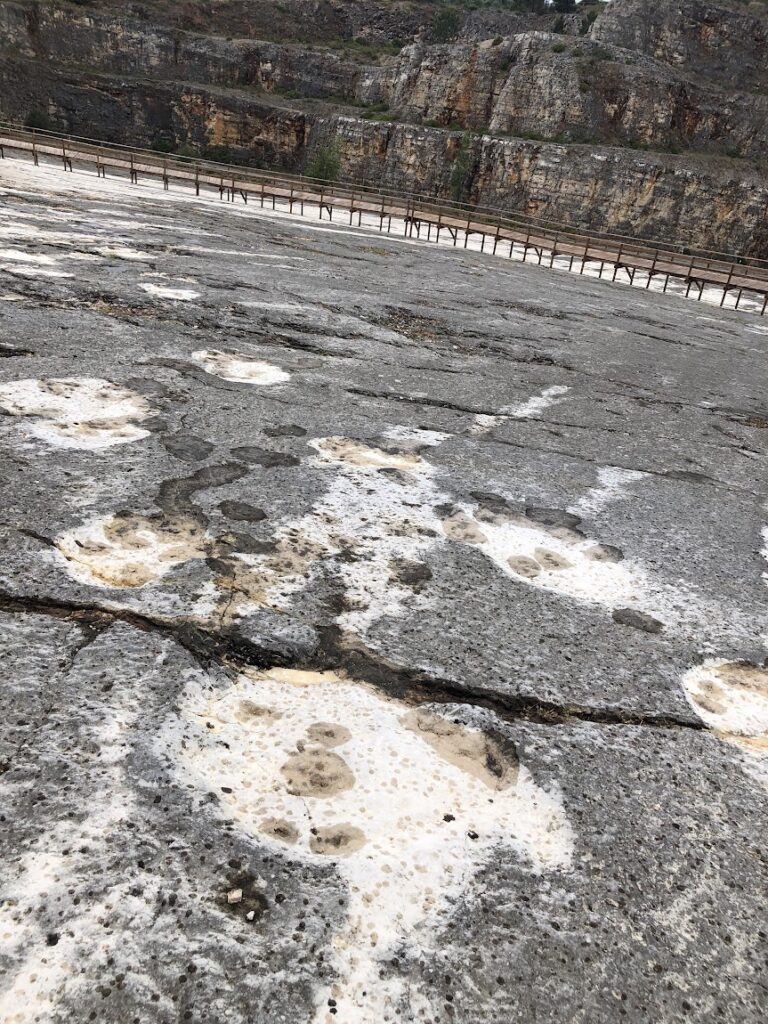
3. Vale de Meios Dinosaur Trackway
- Location: Alcanede, near Santarém
- What You’ll See: A variety of dinosaur tracks, including both herbivores and carnivores
- Why Visit: It’s a lesser-known site, making it perfect for those looking to explore without crowds.
- Travel Tip: Combine this visit with a trip to the nearby medieval village of Óbidos for a full day of history
Lourinhã: The Jurassic Capital of Portugal
What the museum gives to Lourinhã is not only the fossils but their identity: People see in dinosaurs part of themselves.
– Octávio Mateus, paleontologist
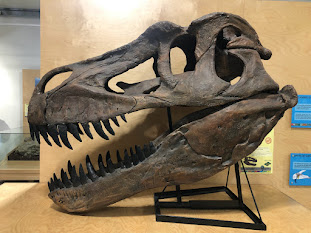
Lourinhã is one of Europe’s most important paleontological regions. This coastal town has yielded incredible dinosaur fossils, including eggs, embryos, and full skeletons.
Dino Parque Lourinhã
- What to Expect: Portugal’s largest dinosaur park, featuring life-sized models of over 180 prehistoric creatures, interactive exhibits, and real fossil digs. The kids will enjoy the challenge of finding information about dinosaurs on the special sheet that they get at entry. If they answer properly all the questions, they can collect a prize at the end of the visit.
- Best for: Families, dinosaur enthusiasts, and anyone interested in natural history
- Opening Hours: Usually 10:00 AM – 6:00 PM (check the official website for seasonal changes)
- Ticket Prices: Around €10-15 per person
- Travel Tip: Plan your visit early in the day to have enough time to explore the exhibits and the nearby fossil-rich beaches. You can prepare your own food and enjoy the picnic among the dinosaurs and trees. There’s an extensive picnic area in Dino Parque.

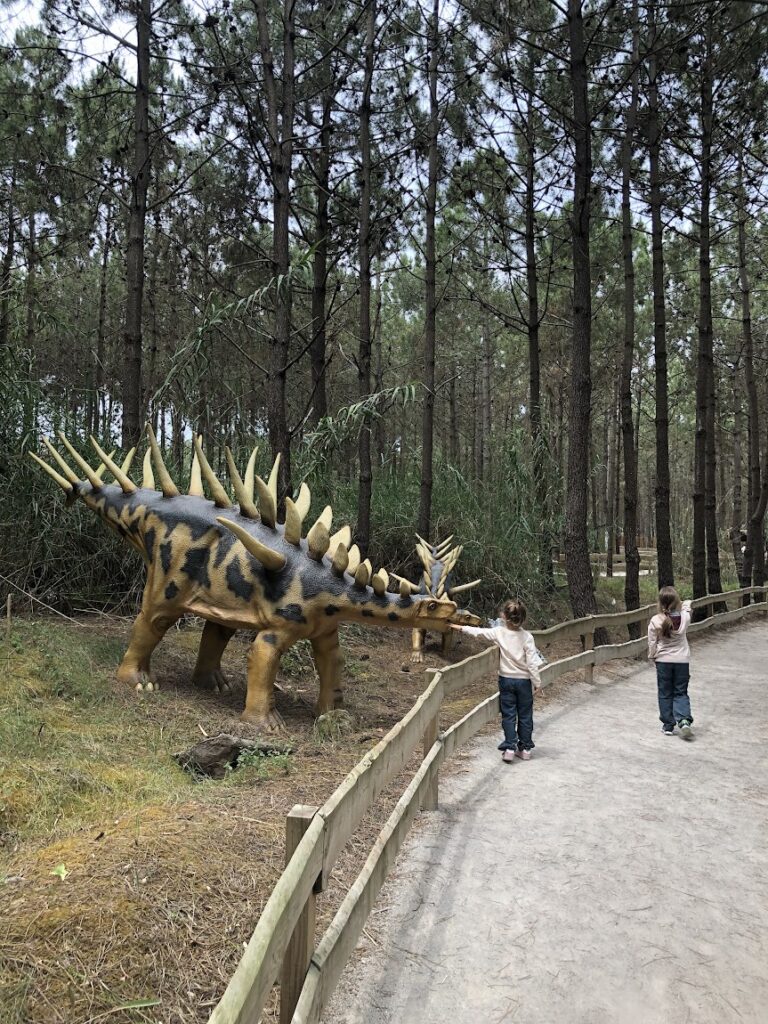
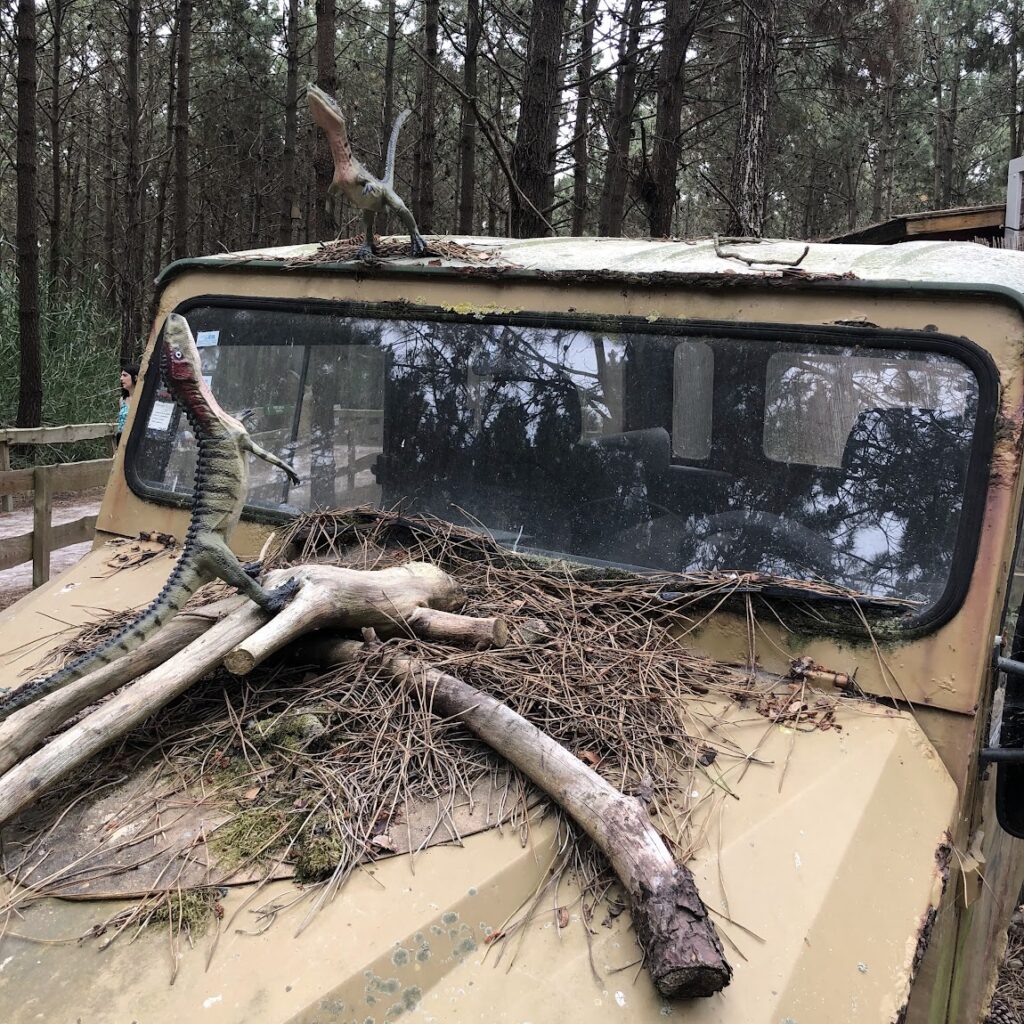
Lourinhã Museum
- What to Expect: A fascinating collection of dinosaur fossils, including the world-famous Lourinhanosaurus
- Best for: Those who want a deeper understanding of Portugal’s paleontological discoveries
- Travel Tip: After visiting the museum, head to Praia da Areia Branca, a beautiful nearby beach where fossils have been found in the cliffs.
Tips for Dinosaur-Loving Travelers
- Plan Your Route: Many of Portugal’s dinosaur sites are spread out, so renting a car is the best way to explore them efficiently.
- Check the Weather: Many fossil sites are outdoors, so visit during spring or autumn when temperatures are moderate.
- Visit Museums First: Learning about the fossils in a museum can make your visit to the footprint sites even more exciting.
- Join a Tour: Some locations offer guided tours by paleontologists, which provide expert insights you won’t get otherwise.
- Respect the Sites: Many of these fossil locations are protected. Avoid touching the footprints and follow local conservation guidelines.
Portugal offers an incredible journey into the world of dinosaurs, from fossilized footprints to life-sized models of ancient giants. Whether you’re an amateur enthusiast or a seasoned paleontologist, exploring the country’s prehistoric sites is an unforgettable experience. So pack your bags, put on your explorer’s hat, and get ready to walk in the footsteps of dinosaurs!
Find more family trip ideas here.


